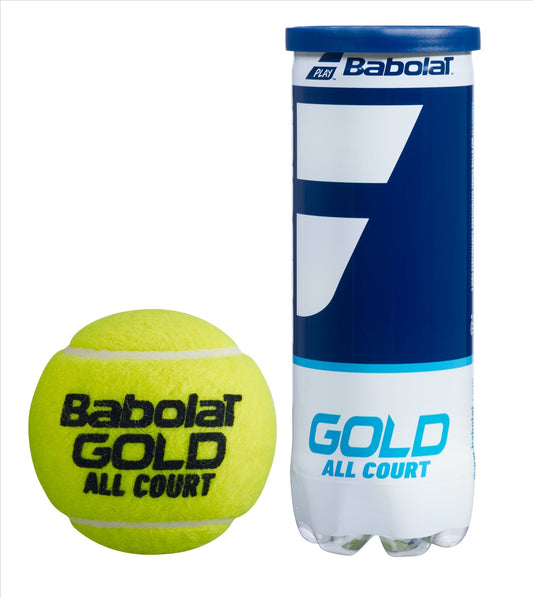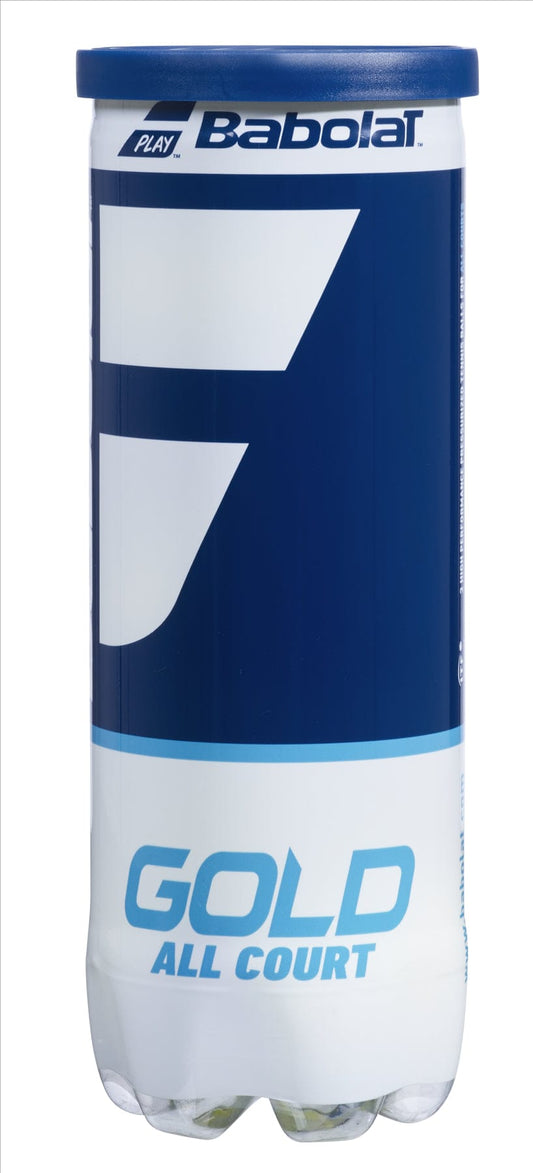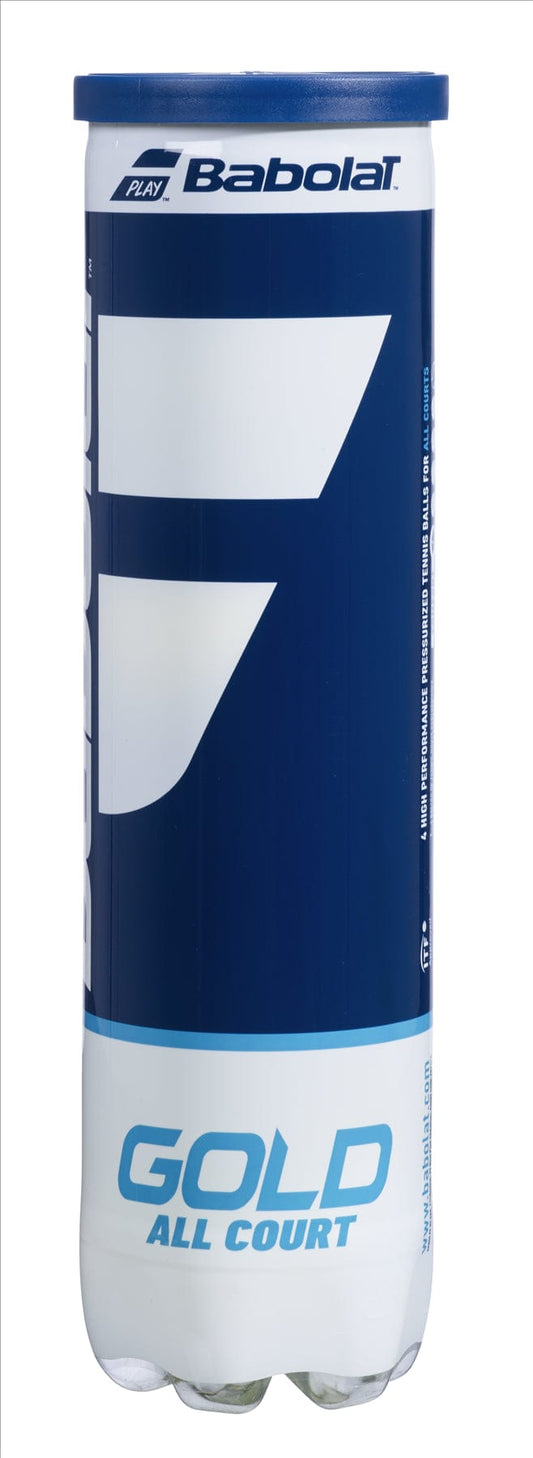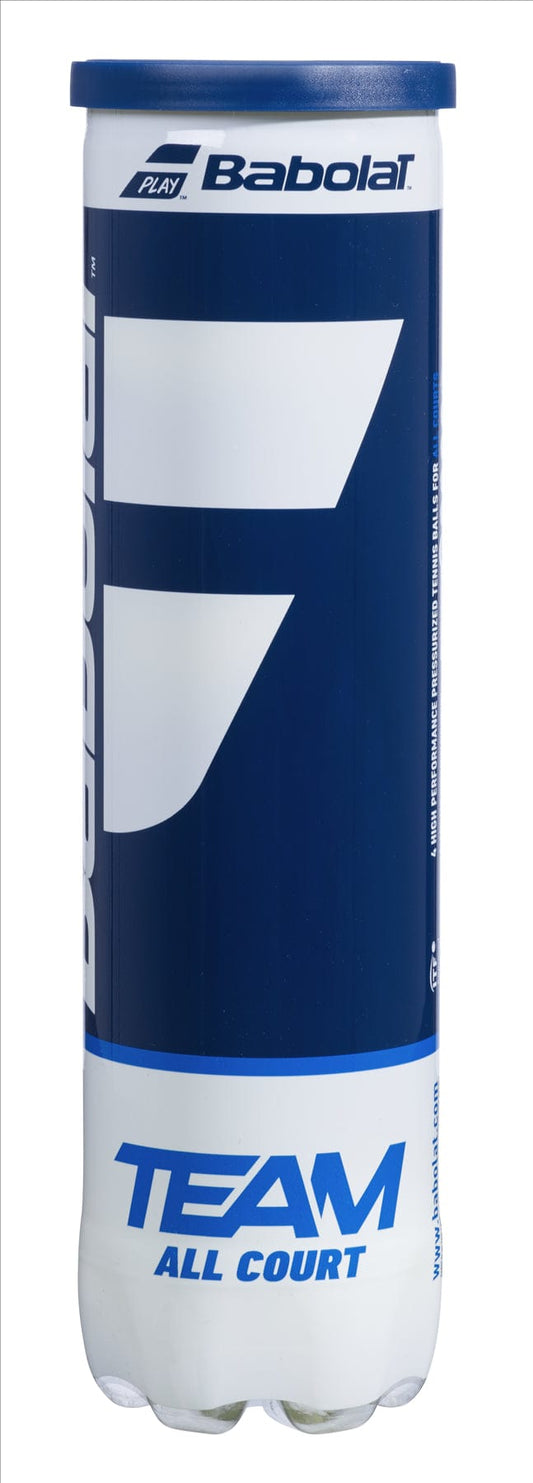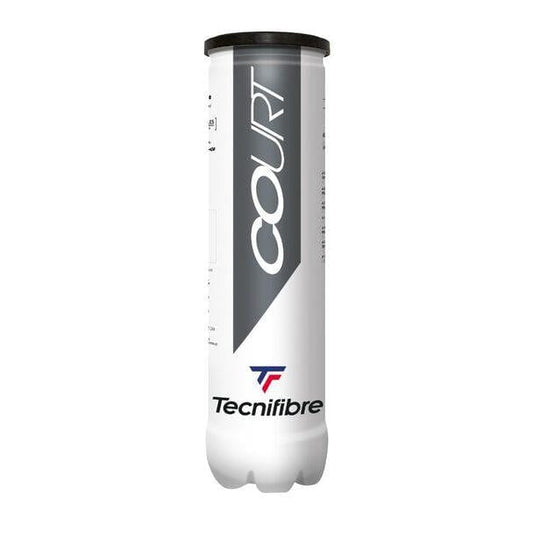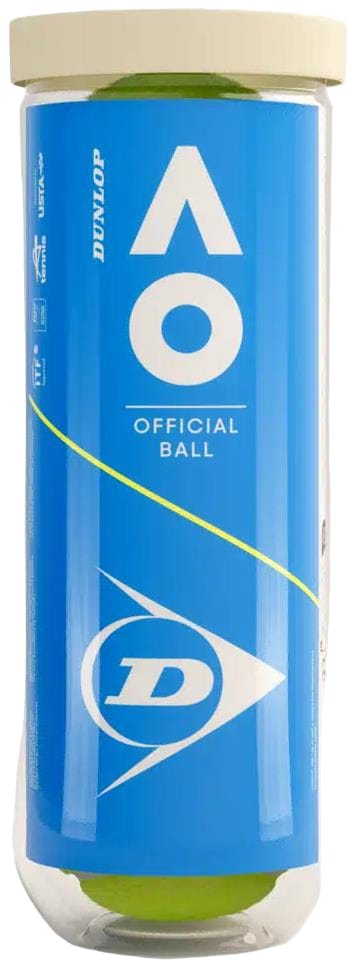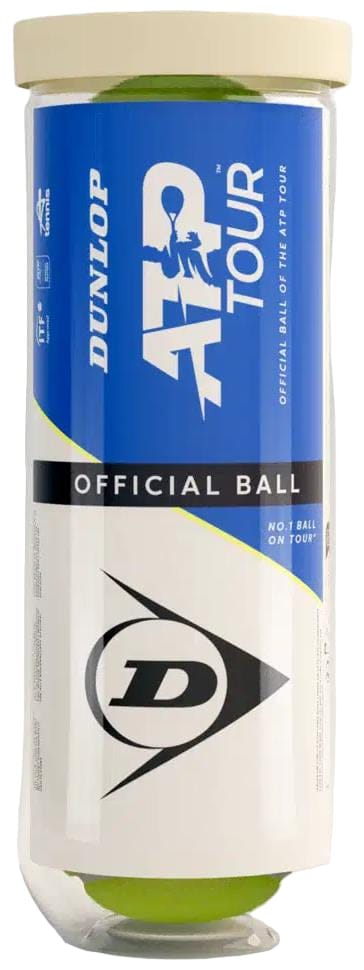Collection: Pressurised Tennis balls
Pressurised tennis balls are the lifeblood of the sport. They are the key element that connects players, courts, and their performance. In this comprehensive guide, we will delve into the world of pressurized tennis balls, examining their construction, characteristics, and significance in the game. Get ready to discover why pressurized tennis balls are the preferred choice for professional matches, recreational play, and everything in between.
What is a Pressurised Tennis Ball?
Pressurised tennis balls are meticulously designed to deliver optimal performance on the court. They consist of three primary components: the rubber core, the felt outer covering, and the pressurized air within.
Rubber Core: The rubber core is the heart of the pressurized tennis ball. It is made of a special blend of rubber compounds that provide a perfect balance of bounce and responsiveness. The core is pressurized with a specific amount of air to enhance the ball's performance characteristics.
Felt Outer Covering: The outer covering of pressurized tennis balls is typically made of a combination of wool and nylon fibers. The felt provides the necessary grip, durability, and aerodynamic properties to the ball. The texture of the felt allows players to generate spin and control the trajectory of the ball.
Pressurized Air: Pressurized tennis balls contain a precise amount of air inside the rubber core. This internal pressure contributes to the ball's bounce, liveliness, and overall performance on the court. The pressurised air ensures that the ball maintains its shape and responsiveness throughout play.
The Significance of Pressurized Tennis Balls:
Pressurised tennis balls play a vital role in the game, offering several advantages that contribute to an exciting and enjoyable playing experience. Here are some key reasons why pressurized tennis balls are preferred by players of all levels:
Consistent Bounce: Pressurised tennis balls provide a consistent and predictable bounce, allowing players to anticipate and react to the ball's trajectory accurately. This consistency is crucial for maintaining fair and competitive gameplay.
Enhanced Responsiveness: Pressurised tennis balls offer a higher level of spin and responsiveness compared to other types of balls. The pressurized air inside the ball allows it to spring off the racquet with greater speed and energy, adding an extra level of excitement to rallies and shots.
Suitable for All Court Surfaces: Pressurised tennis balls are designed to perform effectively on various court surfaces, including clay, grass, and hard courts. They adapt to the characteristics of each surface, providing players with a reliable and consistent experience regardless of where they play.
Widely Available: They are the standard choice for recreational play, club matches, and professional tournaments, making them easily accessible for players worldwide.
Factors Affecting the Lifespan of Pressurised Tennis Balls:
The pressurisation of tennis balls gradually decreases over time due to various factors. Here are some factors that can affect the lifespan of pressurised tennis balls:
Usage: The more frequently tennis balls are used, the faster their pressurisation decreases. Hard-hitting shots, intense rallies, and constant play contribute to the gradual loss of pressure within the ball.
Environmental Conditions: Extreme temperatures, humidity, and exposure to sunlight can affect the internal pressure of pressurised tennis balls. It is advisable to store them in a cool and dry place to maintain their performance and longevity.
Packaging: The packaging of pressurised tennis balls can influence their shelf life. Sealed cans help maintain the internal pressure of the balls for an extended period. Once the can is opened, the balls will start to lose pressure over time.
When to Replace Pressurised Tennis Balls:
As pressurized tennis balls lose their internal pressure, their performance characteristics change. Here are some signs that indicate it's time to replace your pressurized tennis balls:
Reduced Bounce: When the balls start to lose their pressure, you may notice a significant decrease in their bounce. They may feel flat or not rebound as high as they used to.
Faded Felt: The felt covering of pressurized tennis balls can become worn out and fuzzy after extensive use. Once the felt starts to show signs of significant wear and tear, it is a good indication that the balls need to be replaced.
Inconsistent Performance: If you find that your shots lack power, control, or spin, despite executing them correctly, it could be a sign that your tennis balls have lost their pressurization. Inconsistent performance is a clear indicator that it's time to invest in new balls.
What are the Alternatives to Pressurised Tennis Balls?
Pressureless tennis balls are mainly aimed at juniors or beginners and offer a low cost and durable alternative to traditional tennis balls. Pressureless balls are made of a harder rubber material and do not spin or bounce as much as regular pressurised balls.
In conclusion, pressurized tennis balls are the backbone of the game, offering reliable bounce, responsiveness, and performance. Their construction, which includes a rubber core, felt outer covering, and pressurized air, ensures that players enjoy a consistent and engaging experience on the court. While the pressurization of tennis balls gradually decreases over time, they remain the preferred choice for recreational and professional play due to their availability, versatility, and ability to perform effectively on different court surfaces. So, the next time you step onto the tennis court, make sure you're equipped with a fresh can of pressurized tennis balls to elevate your game and enjoy the thrill of the sport.
For more information on tennis balls, check out our ultimate tennis balls buying guide.
-

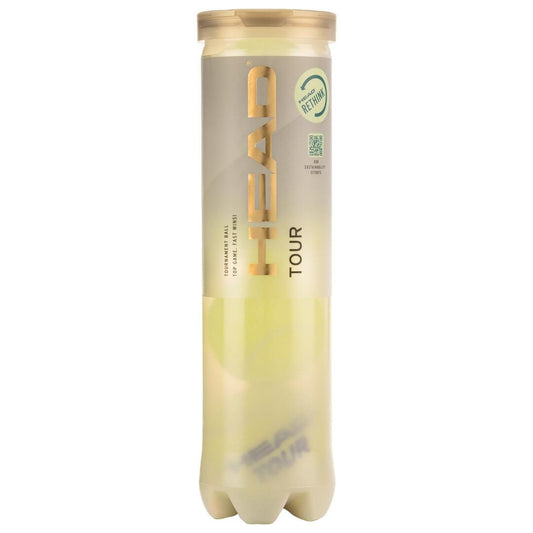 Black Friday Save 40%
Black Friday Save 40%HEAD Tour Tennis Balls - 4 Ball Tube
Save 40% Black Friday SALERegular price £5.99Regular priceUnit price / per£10.00Sale price £5.99Sale -
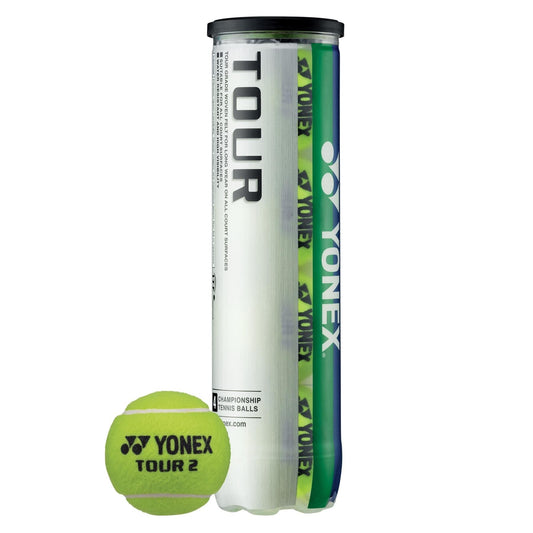 Black Friday Save 48%
Black Friday Save 48%Yonex Tour Pressurised Tennis Balls (4 Ball Tube)
Save 48% Black Friday SALERegular price £6.75Regular priceUnit price / per£13.00Sale price £6.75Sale -
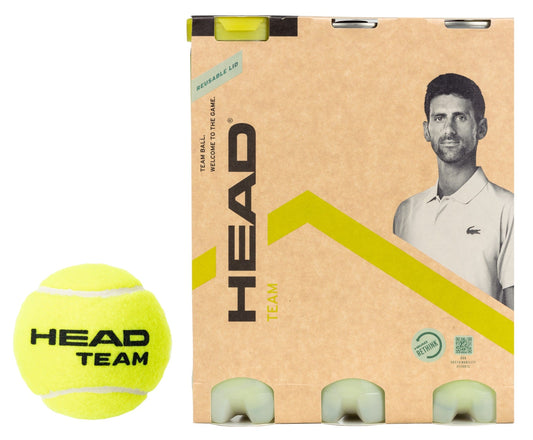
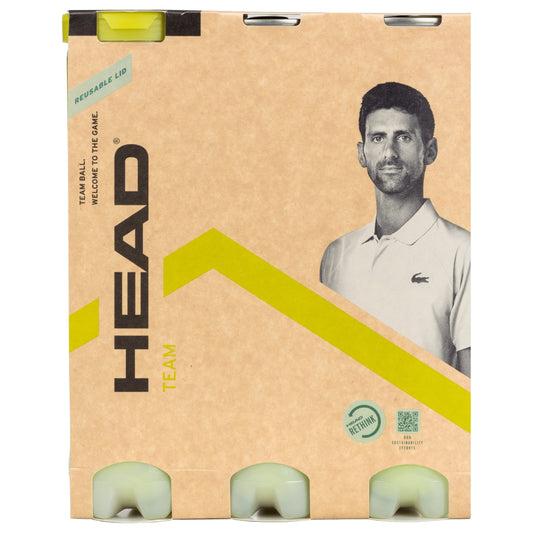 Black Friday Save 30%
Black Friday Save 30%HEAD Team Tennis Balls - 3 x 4 Ball Tube (1 Dozen)
Save 30% Black Friday SALERegular price £11.95Regular priceUnit price / per£17.00Sale price £11.95Sale -
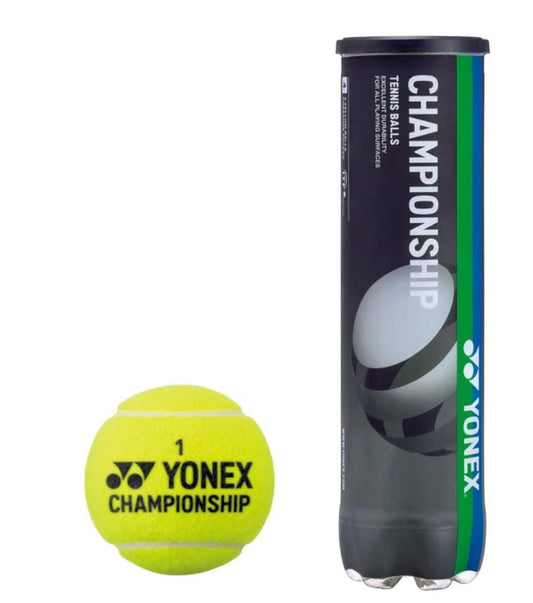 Black Friday Save 46%
Black Friday Save 46%Yonex Championship Pressurised Tennis Balls (4 Ball Tube)
Save 46% Black Friday SALERegular price £5.95Regular priceUnit price / per£11.00Sale price £5.95Sale -

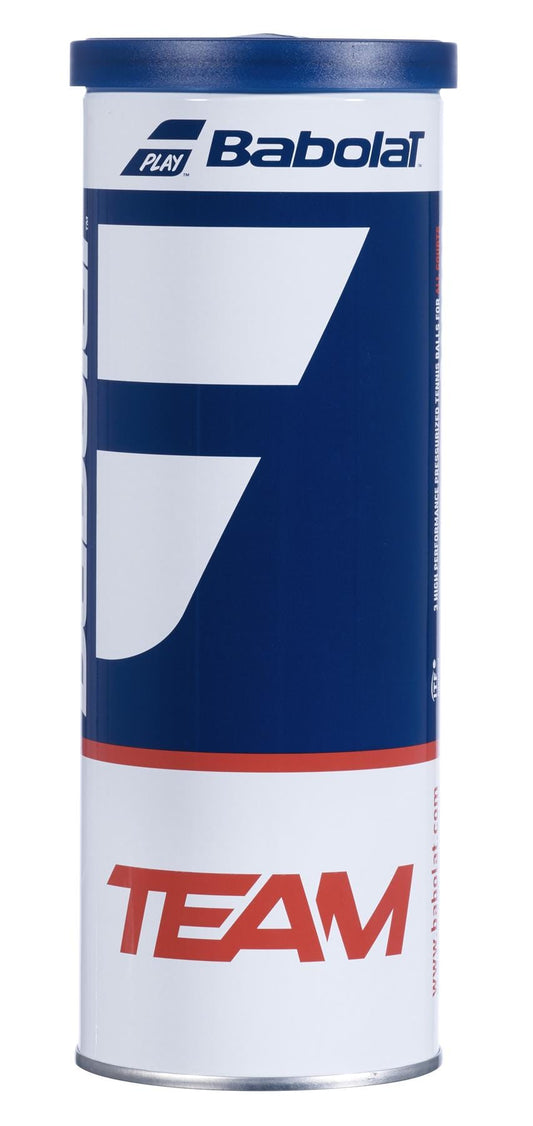 Black Friday Save 38%
Black Friday Save 38%Babolat Team X3 Tennis Balls - 3 Ball Tube
Save 38% Black Friday SALERegular price £4.95Regular priceUnit price / per£8.00Sale price £4.95Sale -

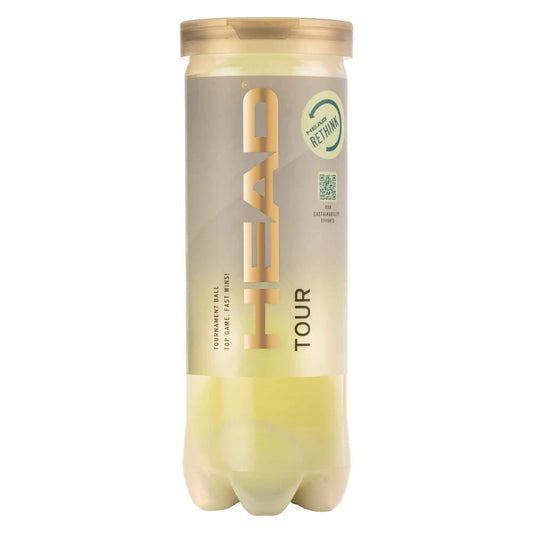 Black Friday Save 49%
Black Friday Save 49%HEAD Tour Tennis Balls - 3 Ball Tube
Save 49% Black Friday SALERegular price £4.07Regular priceUnit price / per£8.00Sale price £4.07Sale -

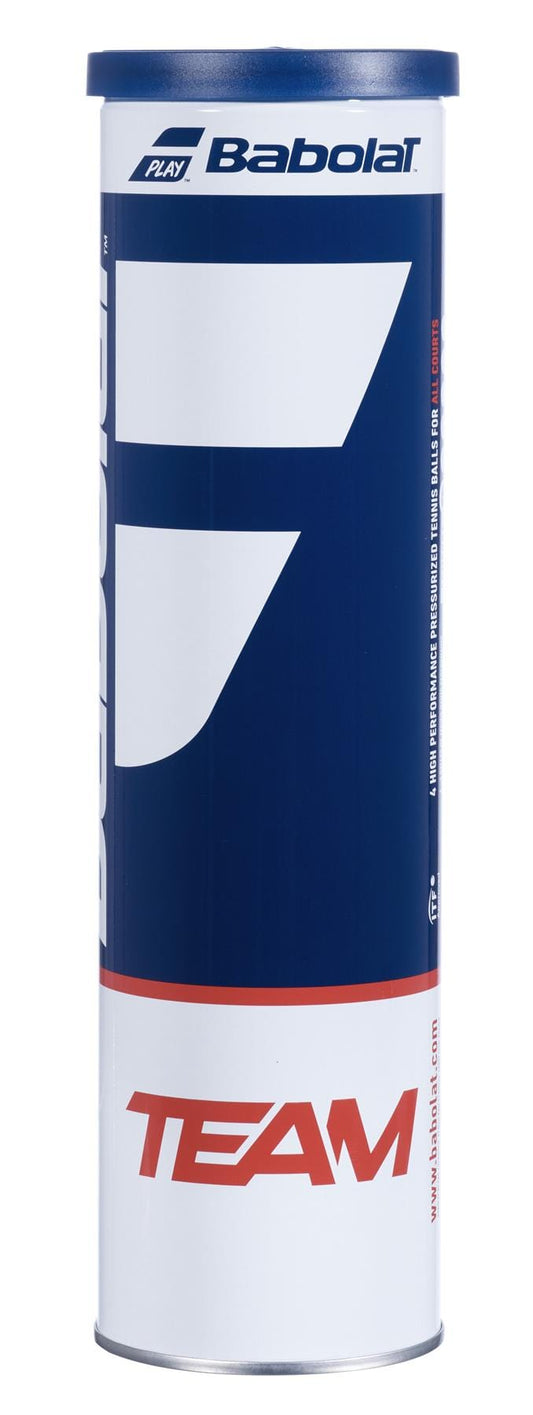 Black Friday Save 41%
Black Friday Save 41%Babolat Team X4 Tennis Balls - 4 Ball Tube
Save 41% Black Friday SALERegular price £5.95Regular priceUnit price / per£10.00Sale price £5.95Sale -
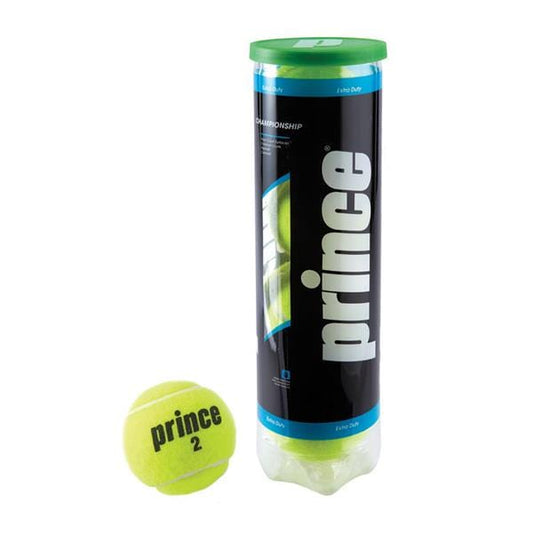
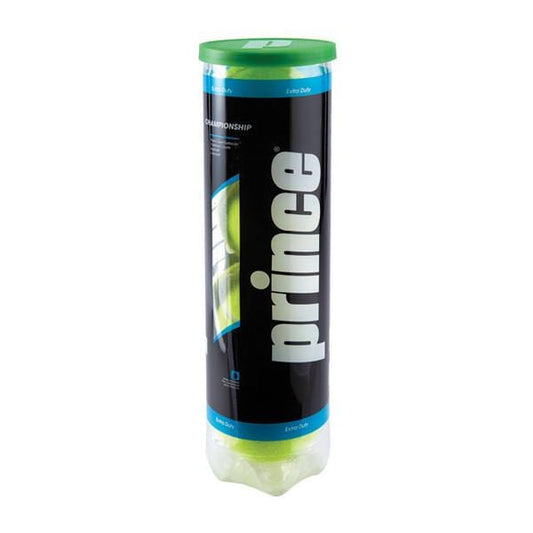 Black Friday Save 47%
Black Friday Save 47%Prince Championship Tennis Balls - 4 Ball Tube
Save 47% Black Friday SALERegular price £4.25Regular priceUnit price / per£8.00Sale price £4.25Sale -

 Black Friday Save 34%
Black Friday Save 34%Babolat Pure Team All Court Tennis Balls (3 Ball Tube)
Save 34% Black Friday SALERegular price £3.95Regular priceUnit price / per£6.00Sale price £3.95Sale -

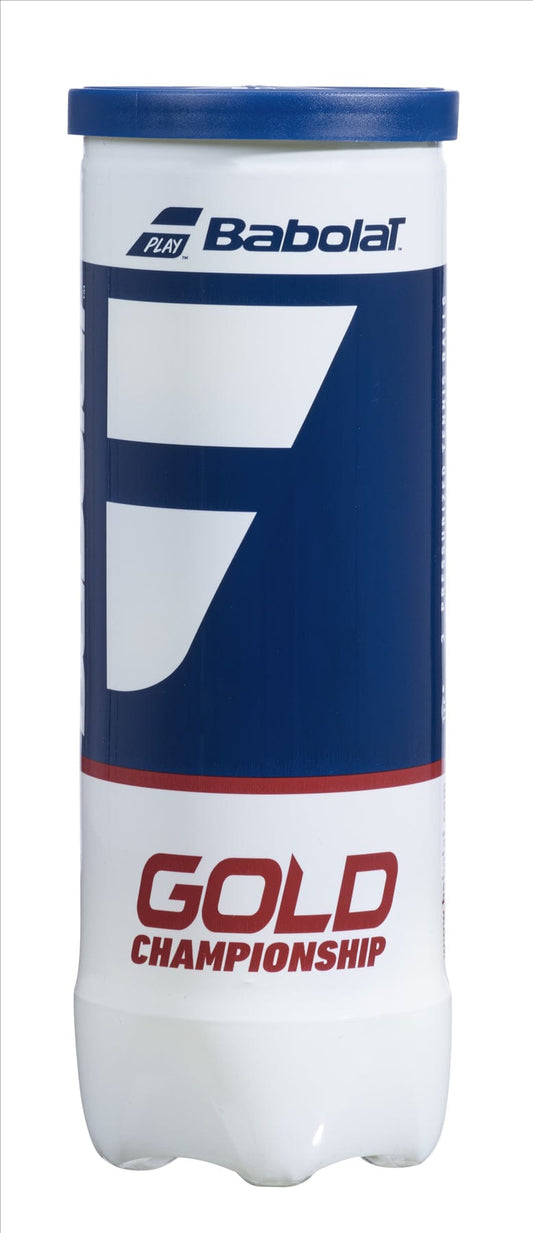 Black Friday Save 25%
Black Friday Save 25%Babolat EVO Gold Championship Tennis Balls (3 Ball Tube)
Save 25% Black Friday SALERegular price £3.75Regular priceUnit price / per£5.00Sale price £3.75Sale -
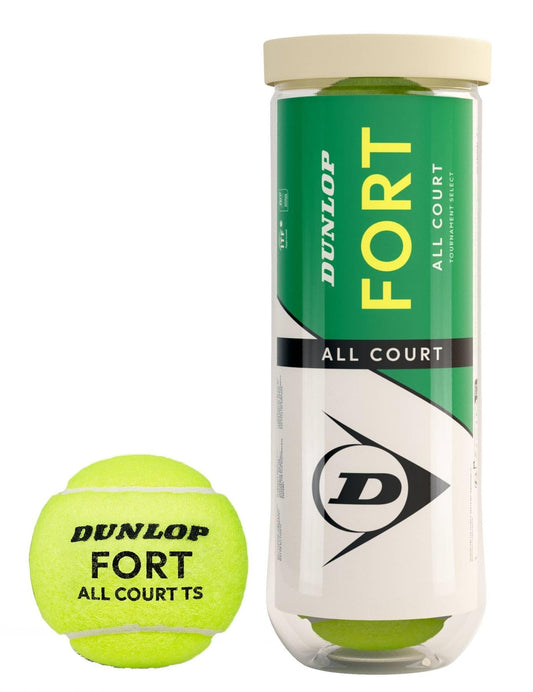
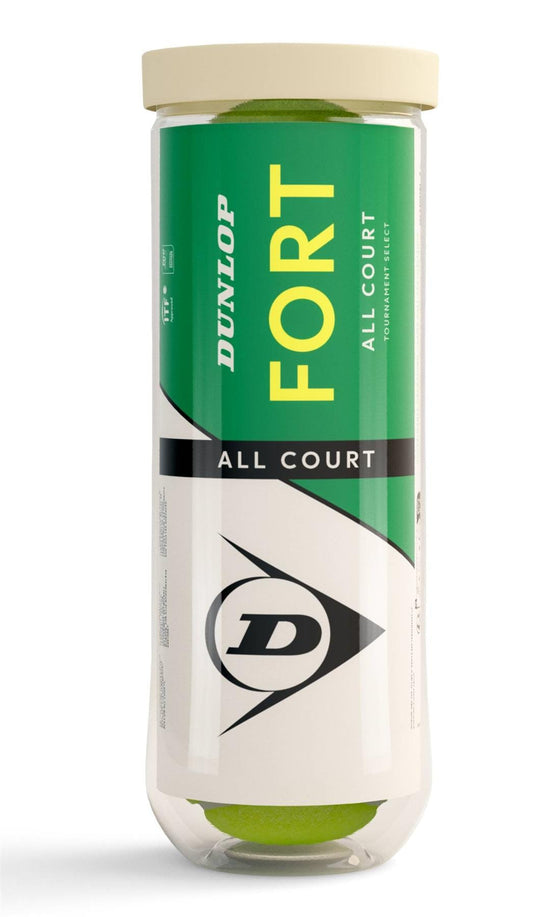 Black Friday Save 40%
Black Friday Save 40%Dunlop Fort All Court Tennis Balls - 3 Ball Tube
Save 40% Black Friday SALERegular price £4.95Regular priceUnit price / per£8.25Sale price £4.95Sale -

 Black Friday Save 47%
Black Friday Save 47%Dunlop Fort All Court Tennis Balls - 4 Ball Tube
Save 47% NewRegular price £8.49Regular priceUnit price / per£16.00Sale price £8.49Sale -
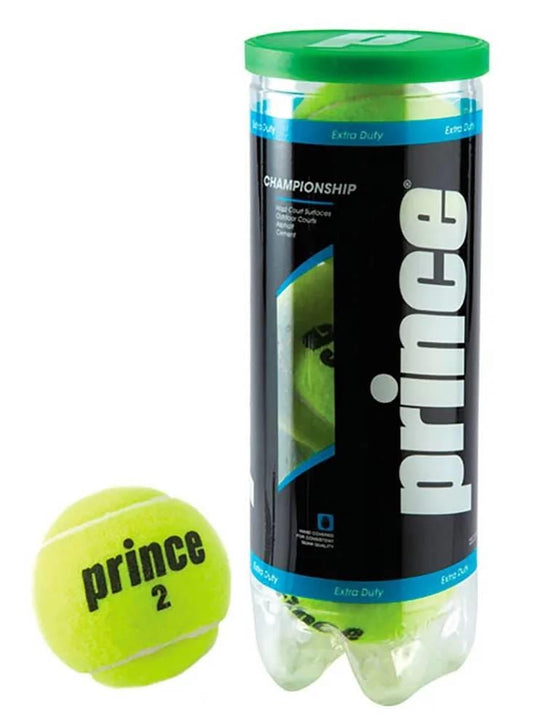 Black Friday Save 50%
Black Friday Save 50%Prince Championship Tennis Balls - 3 Ball Tube
Save 50% Black Friday SALERegular price £2.99Regular priceUnit price / per£6.00Sale price £2.99Sale -

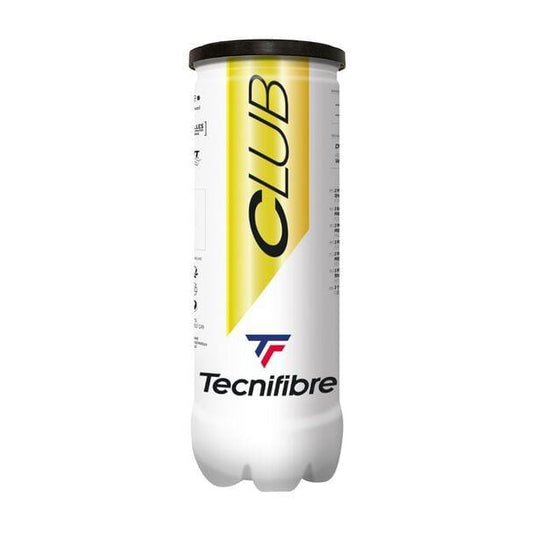 Black Friday Save 40%
Black Friday Save 40%Tecnifibre Club Tennis Balls - 4 Ball Tube
Save 40% Black Friday SALERegular price £4.50Regular priceUnit price / per£7.50Sale price £4.50Sale -
Tecnifibre Court Tennis Balls - 4 Ball Tube
Save 12%Regular price £6.00Regular priceUnit price / per£6.80Sale price £6.00Sale -
Dunlop ATP Tour Tennis Balls - 4 Ball Tube
Save 25%Regular price £8.99Regular priceUnit price / per£12.00Sale price £8.99Sale -
Dunlop ATP Tour Tennis Balls - 3 Ball Tube
Save 22%Regular price £6.99Regular priceUnit price / per£9.00Sale price £6.99Sale





